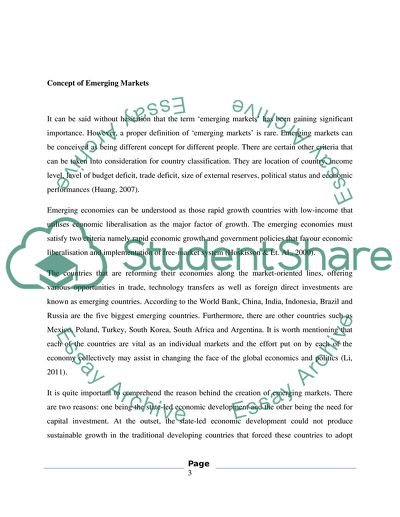Cite this document
(Degree of Emergence of Two Current Emerging Markets in the Same Region Research Paper - 1, n.d.)
Degree of Emergence of Two Current Emerging Markets in the Same Region Research Paper - 1. Retrieved from https://studentshare.org/macro-microeconomics/1752242-compare-and-contrast-the-degree-of-emergence-of-two-current-emerging-markets-in-the-same-region
Degree of Emergence of Two Current Emerging Markets in the Same Region Research Paper - 1. Retrieved from https://studentshare.org/macro-microeconomics/1752242-compare-and-contrast-the-degree-of-emergence-of-two-current-emerging-markets-in-the-same-region
(Degree of Emergence of Two Current Emerging Markets in the Same Region Research Paper - 1)
Degree of Emergence of Two Current Emerging Markets in the Same Region Research Paper - 1. https://studentshare.org/macro-microeconomics/1752242-compare-and-contrast-the-degree-of-emergence-of-two-current-emerging-markets-in-the-same-region.
Degree of Emergence of Two Current Emerging Markets in the Same Region Research Paper - 1. https://studentshare.org/macro-microeconomics/1752242-compare-and-contrast-the-degree-of-emergence-of-two-current-emerging-markets-in-the-same-region.
“Degree of Emergence of Two Current Emerging Markets in the Same Region Research Paper - 1”, n.d. https://studentshare.org/macro-microeconomics/1752242-compare-and-contrast-the-degree-of-emergence-of-two-current-emerging-markets-in-the-same-region.


